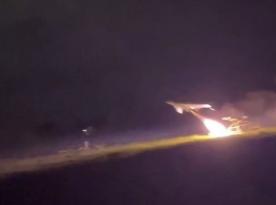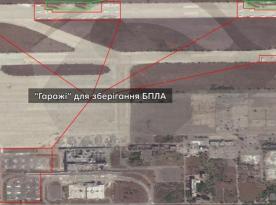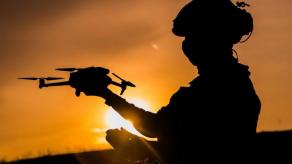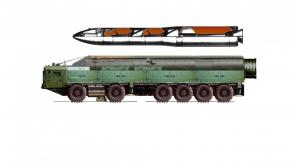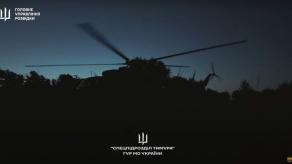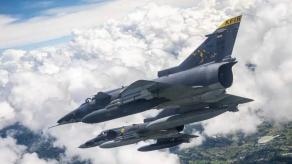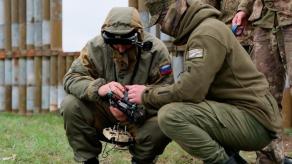Prosecutor General of Ukraine Andrii Kostin has disclosed some of the discovered features of the North Korean short-range ballistic missiles used by russia against Ukraine. The exact type of the missiles, however, is yet to be identified, so the official refers to them as KN-23 and/or KN-24.
Importantly, the preliminary analysis shows that the warhead of such missiles has an estimated 500 to 1,000 kilograms (in TNT equivalent) of high-explosive filling, there is a capability to equip the missile with a combined configuration warhead, Kostin revealed, as quoted by Interfax-Ukraine.
Read more: Is it Possible to Identify a Missile by the Crater it Left, or Why it's Important to Look into Sources
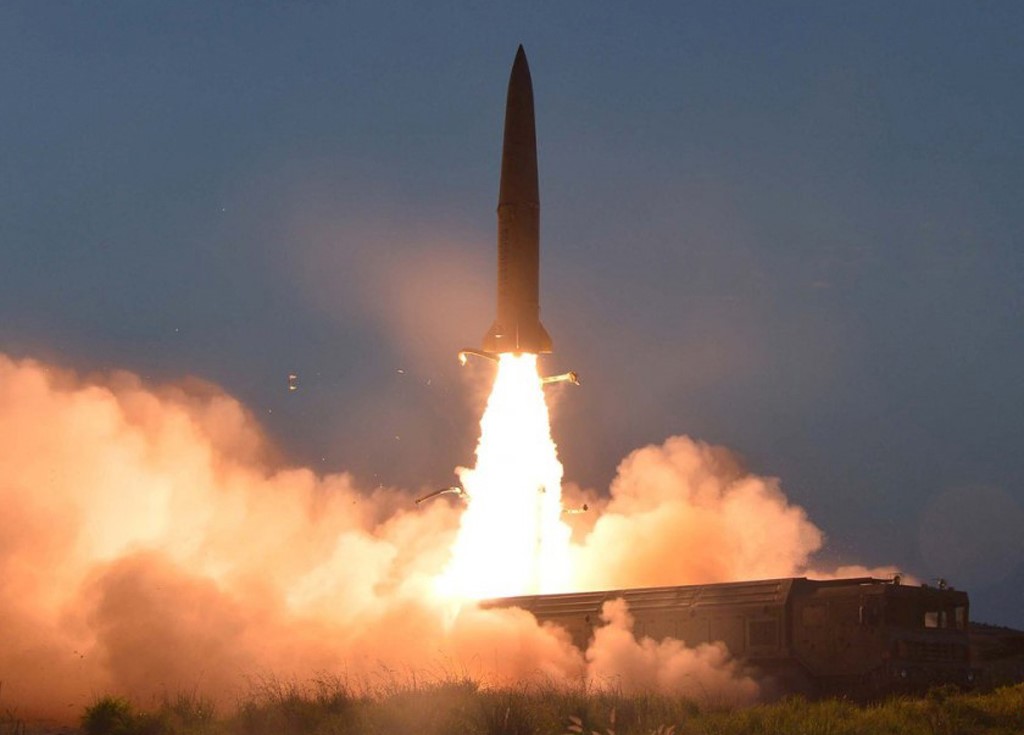
Previously, it was believed that both KN-23 and KN-24 weigh 500 kg at most, The KN-23 version with a 690 km range is even smaller so it can fly further, and the KN-24 with a range of 410 km was estimated to be some 400 to 500 kg in weight.
However, the Ukrainian statement of them being up to 1,000 kg, although vague, by far exceeds the estimates of Western analysts. Moreover, the bottom figure of 500 kg applies to the missile variant that has a record-proven range of 650 km.
This disclosure indicates that the West has been mistaken in its evaluations of the level of technologies mastered by the Democratic People's Republic of Korea, and, accordingly, the missile capabilities of Pyongyang. The Ukrainian researchers, on the other hand, now possess the most relevant knowledge on the matter, since Ukraine as of today is the only country where these missiles were used and studied, apart from North Korea itself.
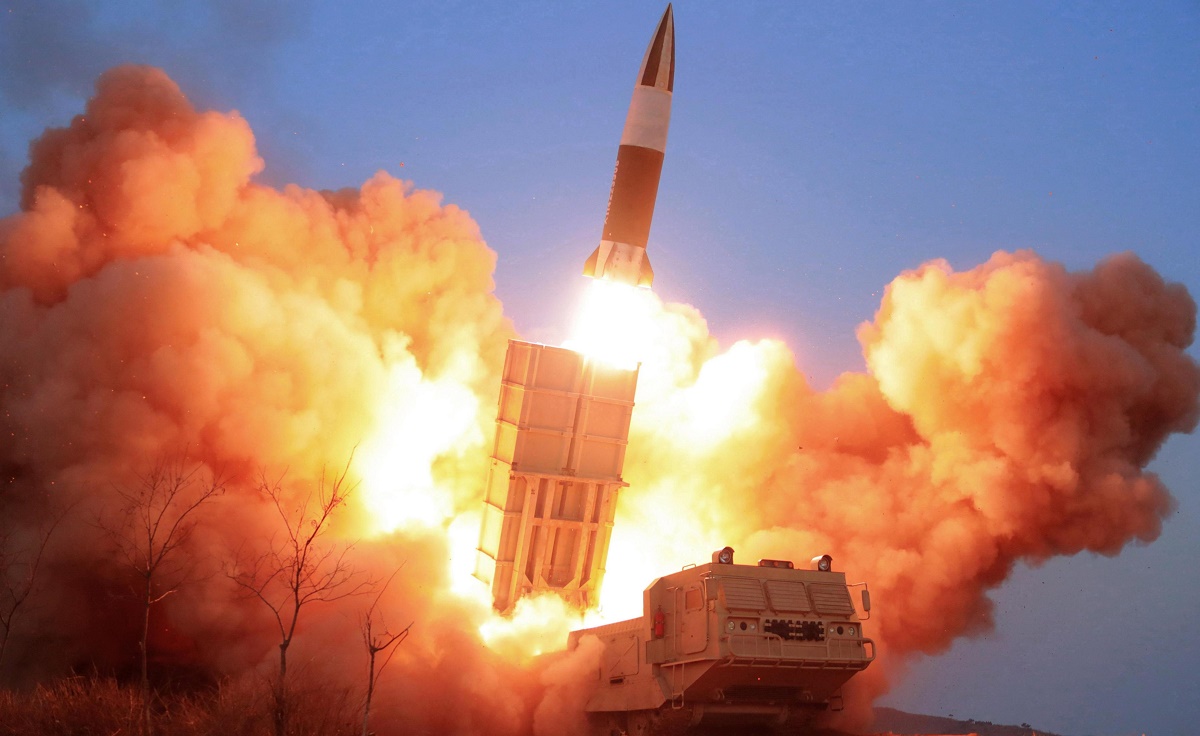
Andrii Kostin also explained that the information about the origin of missiles falling in Ukraine is confirmed by the Central Research Institute under the Ministry of Defense and a special group under the Prosecutor General's Office. The conclusions have been drawn based on examinations of impact sites where the missiles hit or fell and the wreckage found there.
According to the Prosecutor General, to date, russia has used 24 ballistic missiles from North Korea, from December 30th to February 7th. The targets were the cities of Zaporizhzhia, Kharkiv (twice), Kyiv (three times), and smaller towns and villages in central Ukraine. The missile strikes killed 14 civilians and wounded 70.
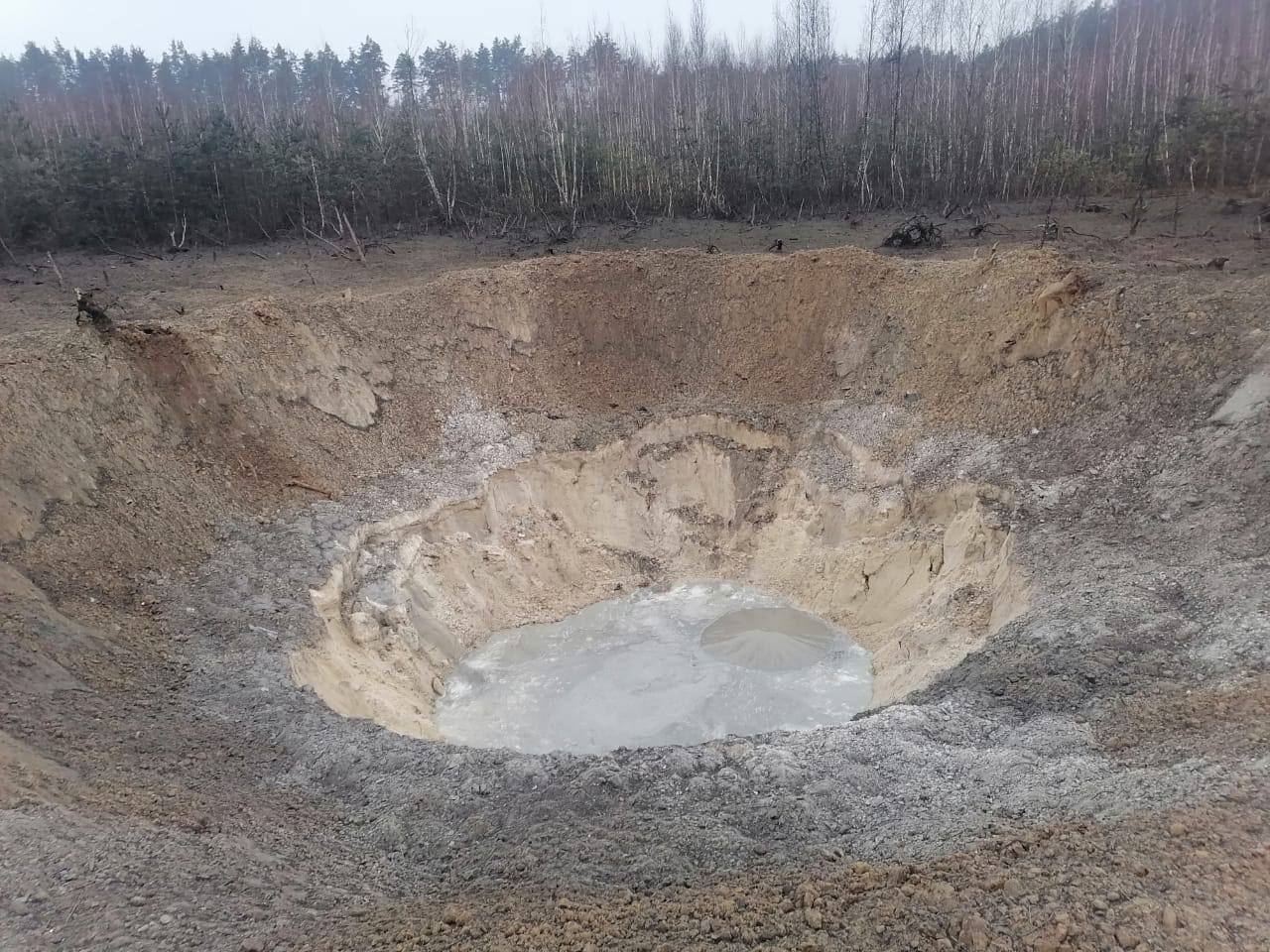
The tactical effect of those strikes raises questions about the precision of missiles from russia's eastern ally. Out of 24 strikes, only two could be called relatively accurate, Kostin said: one targeting an oil refinery in Kremenchuk and the other landing on the territory of the Kanatove airfield near Kropyvnytskyi city.
"The rest of the missiles landed far from one another — kilometers away or farther — or exploded midair, or hit residential areas in Kharkiv," the Andrii Kostin noted. Although, on a note from Defense Express, the residential areas in Kharkiv could actually have been the target, considering russian common shelling practice.
Read more: Valuable for russia Cargo with North Korean Weaponry Sank Along with Caesar Kunikov Ship, Destroyed by Ukraine





